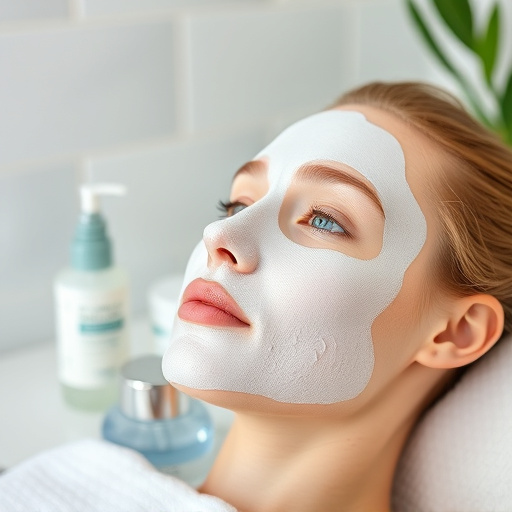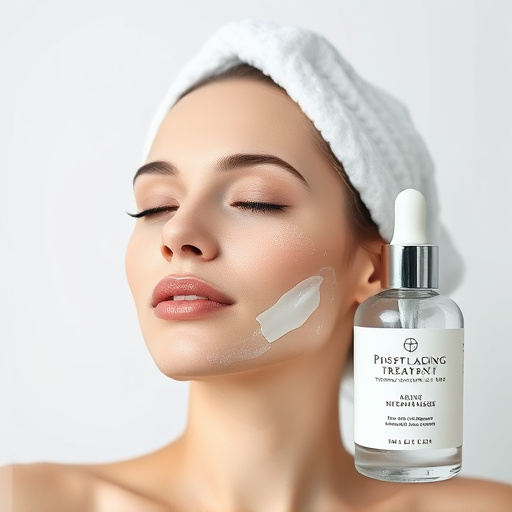Melasma treatment involves addressing causes like hormonal changes and sun exposure. Topical treatments with hydroquinone and retinoids target hyperpigmentation. Advanced procedures include laser therapy, chemical peels, and microdermabrasion for long-lasting results. Reputable brands and dermatologist consultation are key to effective melasma management.
Melasma, often referred to as ‘mask of pregnancy,’ is a common skin condition characterized by dark patches on the face. While it can be triggered by hormones during pregnancy or menstruation, it also has non-pregnancy causes. This article guides you through effective melasma treatments backed by dermatologists. We explore topicals that target pigmentation, delve into advanced laser therapies, and present a comprehensive toolkit to combat this stubborn condition. Discover the best approaches for a clearer, more even complexion.
- Understanding Melasma: Causes and Triggers Explained
- Topical Treatments: Effective Dermatologist Picks
- Laser Therapy and Beyond: Advanced Melasma Solutions
Understanding Melasma: Causes and Triggers Explained
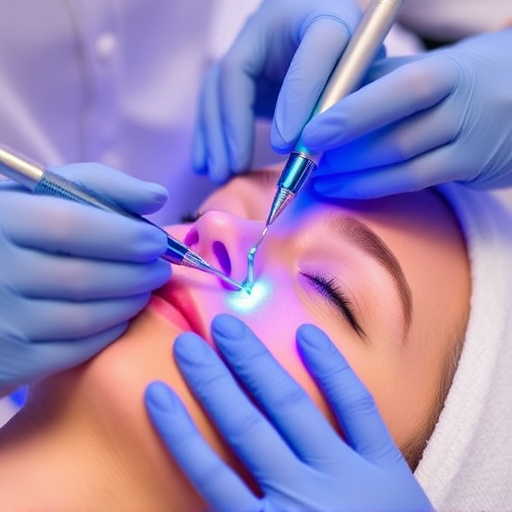
Melasma is a common skin condition characterized by dark patches on the face, often appearing on the forehead, cheeks, and upper lip. While it can affect anyone, women are more prone to developing melasma, especially during pregnancy or due to hormonal fluctuations. Understanding the causes and triggers of this condition is an essential step in seeking effective melasma treatment.
The primary cause of melasma is an overproduction of melanin, the pigment responsible for skin color. Hormonal changes, particularly those related to pregnancy or birth control pills, are major triggers. Sun exposure also plays a significant role, as UV rays can stimulate melanin production and cause existing melasma patches to darken or spread. Other potential triggers include certain medications, stress, and genetics. For some individuals, combining these factors can increase the likelihood of developing melasma. When considering melasma treatment options like microneedling therapy, chemical peels, or skin tightening procedures, addressing these underlying causes and triggers is crucial for achieving long-lasting results.
Topical Treatments: Effective Dermatologist Picks
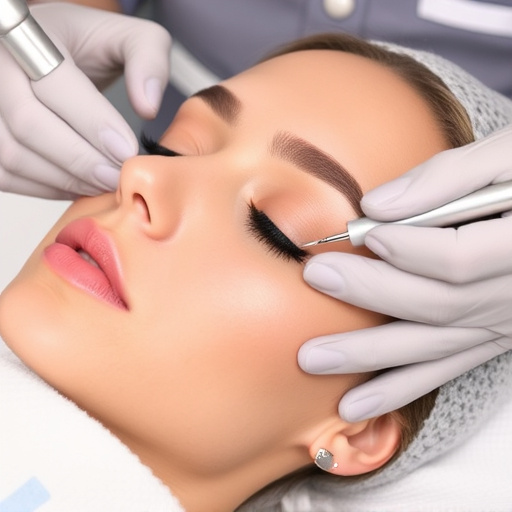
Many people struggling with melasma turn to topical treatments as a first line of defence, and for good reason. Topical creams and serums offer a non-invasive approach to managing this complex condition, targeting hyperpigmentation directly on the skin’s surface. Dermatologists recommend using products containing active ingredients like hydroquinone, retinoids, and chemical exfoliants (like alpha hydroxy acids or AHAs) to lighten and even out skin tone over time. These ingredients work by inhibiting melanin production, removing dead skin cells, and enhancing cell turnover, all of which contribute to reducing the appearance of melasma patches.
When selecting topical treatments, it’s crucial to choose products from reputable brands and consult with a dermatologist who can guide you in creating a tailored skincare routine. Professional skincare routines often incorporate a combination of these active ingredients, along with other aesthetic treatments like microdermabrasion or chemical peels (performed by professionals), for more comprehensive melasma treatment options.
Laser Therapy and Beyond: Advanced Melasma Solutions
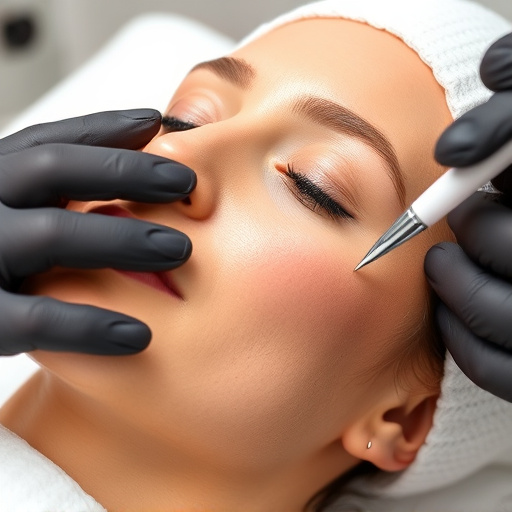
Melasma treatment has evolved beyond traditional methods with the advent of advanced technologies and procedures. One such innovative approach is laser therapy, which offers precise targeting of pigmented lesions while minimizing damage to surrounding skin. This non-surgical treatment option has gained popularity for its effectiveness in lightening melasma and improving overall skin tone.
Beyond lasers, modern dermatology provides a range of facial treatments tailored to address melasma. Chemical peels, microdermabrasion, and targeted topical creams are also considered advanced solutions. These procedures work synergistically with laser therapy, offering comprehensive care that goes beyond surface-level fixes. By combining these cutting-edge techniques, dermatologists can provide effective, long-lasting results for individuals seeking to restore their skin’s radiance and reduce the appearance of melasma.
Melasma, often considered a cosmetic concern, can significantly impact one’s self-confidence. However, with the right approach, effective melasma treatment options are available. From understanding the causes and triggers to exploring topical treatments, laser therapy, and advanced solutions, this guide has equipped you with the knowledge to navigate your journey towards clear, radiant skin. Remember, consistency and professional guidance are key when it comes to achieving lasting results in melasma treatment.










